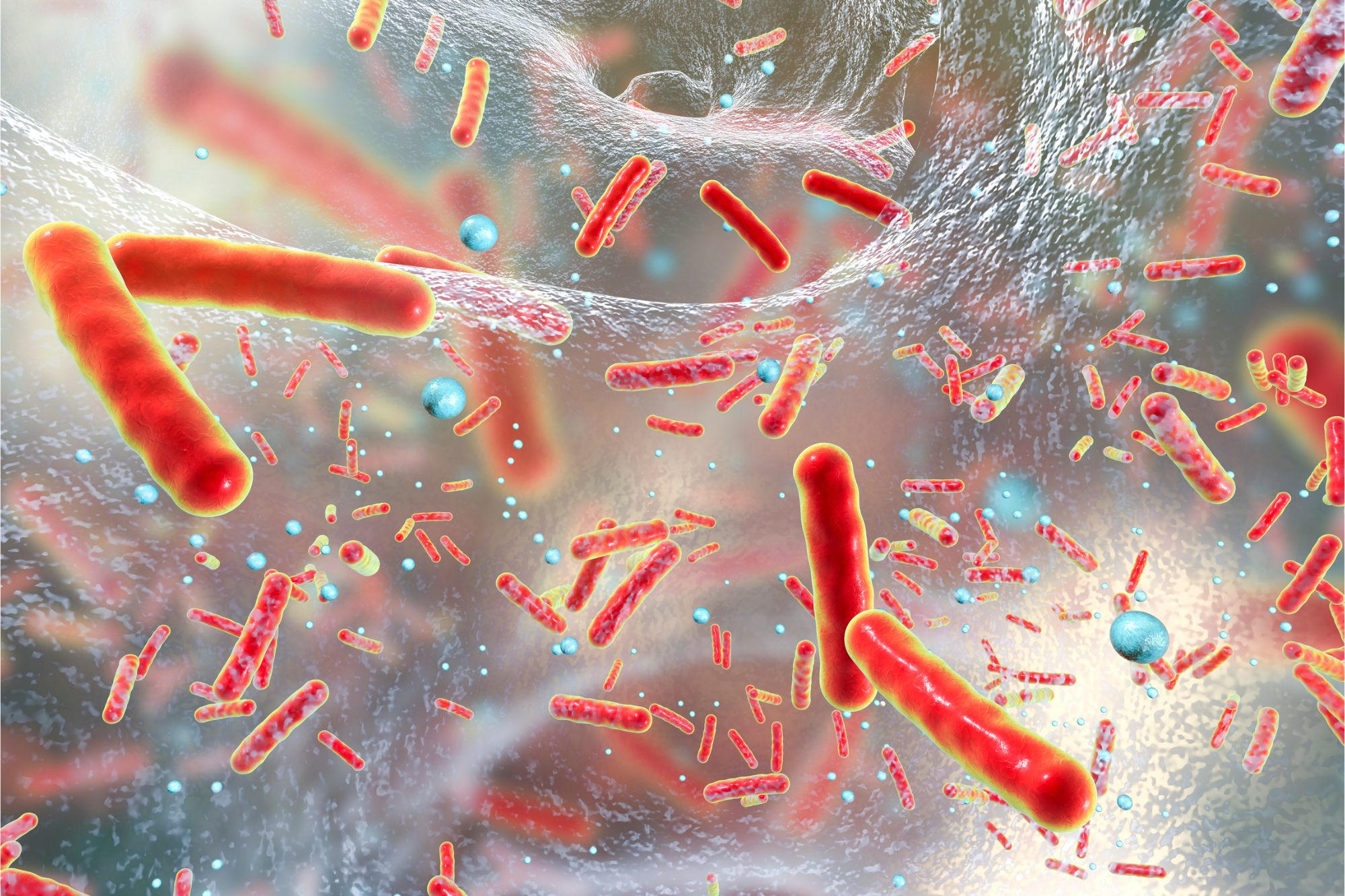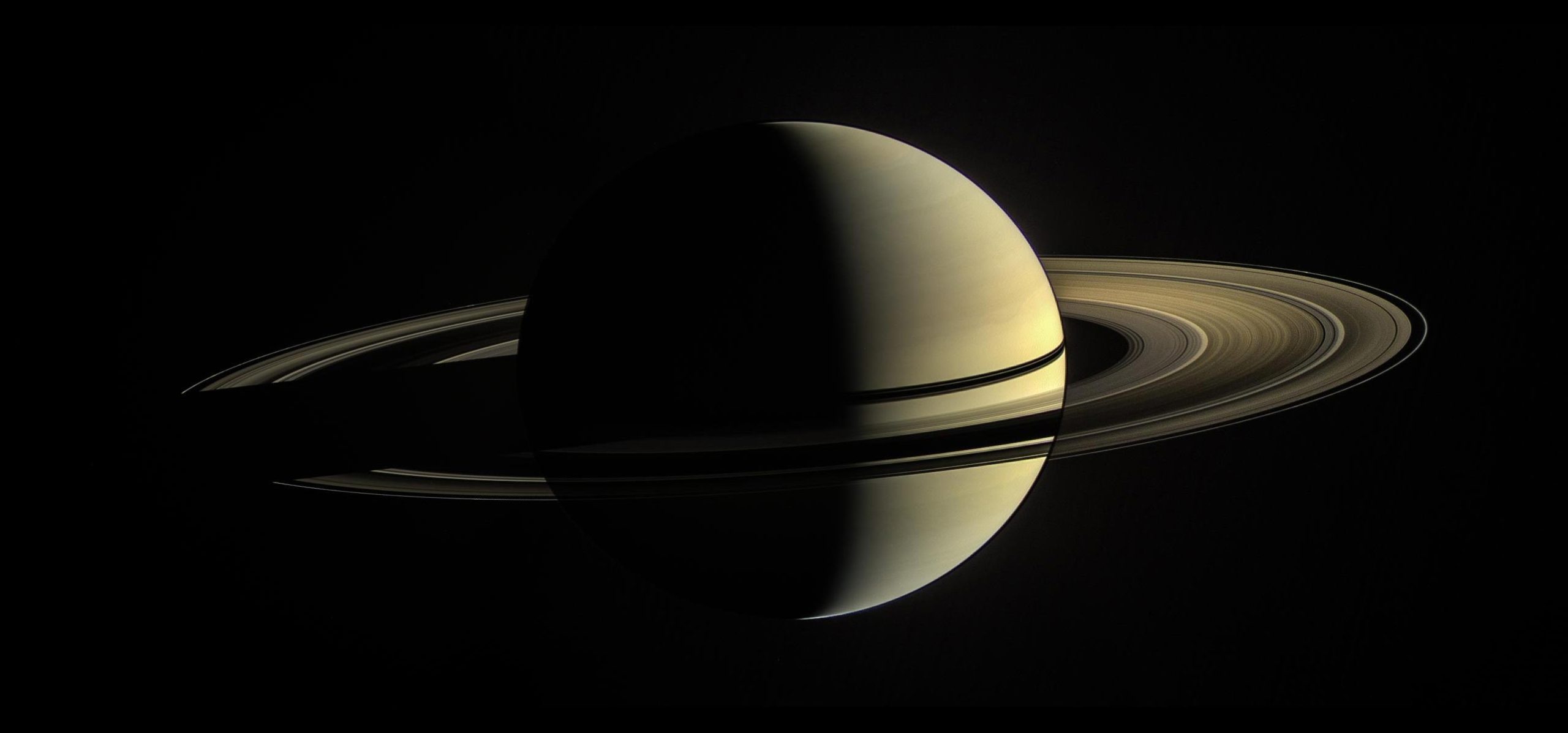これは、2010 年 1 月 2 日に土星の周りの軌道から見たカッシーニの眺めです。この画像では、惑星の夜側の環が大幅に照明されており、その特徴がより明確に明らかにされています。 昼側では、リングは直射日光と土星の雲の上から反射された光によって照らされます。 この自然色の風景は、土星から約 140 万マイル (230 万キロ) 離れたカッシーニ探査機の狭角カメラで可視光で撮影した画像を合成したものです。 カッシーニ宇宙船は、2017 年 9 月 15 日にミッションを終了しました。クレジット: ASA/JPL-Caltech/Space Science Institute
Cassini mission data suggests that Saturn’s rings are young, possibly only a few hundred million years old, and could disappear in a similar timescale. The rings’ mass, purity, and debris accumulation rates indicate their relatively young age and short lifespan. Two studies show that the rings formed relatively recently and are rapidly losing mass, while a third predicts their disappearance within the next few hundred million years.
While no human could ever have seen Saturn without its rings, in the time of the dinosaurs, the planet may not yet have acquired its iconic accessories – and future Earth dwellers may again know a world without them.
Three recent studies by scientists at NASA’s Ames Research Center in California’s Silicon Valley examine data from NASA’s Cassini mission and provide evidence that Saturn’s rings are both young and ephemeral – in astronomical terms, of course.
The new research looks at the mass of the rings, their “purity,” how quickly incoming debris is added, and how that influences the way the rings change over time. Put those elements together, and one can get a better idea of how long they’ve been around and the time they’ve got left.

Although all four giant planets have ring systems, Saturn’s is by far the most massive and impressive. Scientists are trying to understand why by studying how the rings have formed and how they have evolved over time. Three recent studies by NASA researchers and their partners provide evidence that the rings are a relatively recent addition to Saturn and that they may last only another few hundred million years. Credit: NASA/JPL-Caltech/Space Science Institute
The rings are almost entirely pure ice. Less than a few percent of their mass is non-icy “pollution” coming from micrometeoroids, such as asteroid fragments smaller than a grain of sand. These constantly collide with the ring particles and contribute debris to the material circling the planet. The rings’ age has been hard to pin down, because scientists hadn’t yet quantified this bombardment in order to calculate how long it must have been going on.
Now, one of the three new studies[1] これにより、非氷河物質の到達速度の合計、つまり、その形成以来、環がどの程度「汚染」されたに違いないのかについて、より良いアイデアが得られます。 コロラド大学ボルダー校が主導したこの研究は、微小隕石が科学者が考えているほど速く飛来しないことも示しており、これは土星の重力がより効果的に物質をリングに引き込む可能性があることを意味している。 この証拠はさらに、土星と太陽系の46億年のほんの一部に相当する数億年以上、環がこの宇宙のひょう嵐にさらされることはあり得ない、と続けている。
この結論を裏付けるのが 2 番目の論文です。[2] インディアナ大学が主導し、宇宙の小さな岩石によるリングの絶え間ない鼓動を別の角度から捉えています。 研究著者らは、研究でほとんど無視されてきた2つのことを特定した。 具体的には、彼らはリングの長期的な進化を支配する物理学を調べており、2つの重要な要素が微小隕石の衝突と、それらの衝突による破片がリング内に分布する方法であることを発見した。 これらの要因を考慮すると、リングは数億年以内に現在の質量に達した可能性があることがわかります。 この結果は、それらが非常に若いため、土星系内の不安定な重力がその氷の衛星の一部を破壊したときに形成された可能性が高いことも示しています。
エイムズの研究者で最近の論文の共著者であるジェフ・コーシー氏は、「土星の象徴的な大きな環が太陽系の最近の特徴である可能性があるという考えは物議を醸している。しかし、我々の新たな発見は、三つの要素を補完するものである」と述べた。カッシーニの測定により、この発見を避けるのは困難になります。」 コージーは、土星の環へのカッシーニ計画において学際的な科学者としても活躍しました。
したがって、土星が現在の形になるまでには 40 億年以上かかった可能性があります。 しかし、今日私たちが知っている美しいリングをどれくらい長く着用できるでしょうか?
カッシーニのミッションは、物質が惑星の深部から落下するにつれて、リングの質量が急速に減少していることを発見した。 3番目の論文[3] また、インディアナ大学が主導し、環状物質がどのくらいの速さでこの方向に移動するかを初めて決定し、隕石が再び役割を果たします。 既存の環の粒子との衝突と、その結果生じた破片が外側に投げ飛ばされる仕組みが組み合わさって、環の物質を土星に向かって運ぶ一種のコンベアベルトを形成します。 研究者らは、これらのストリーミング粒子が最終的に地球上に消滅することに対して何を意味するのかを計算することで、土星にとって厳しいニュースを思いついた。それは、土星は今後数億年で輪を失う可能性があるというものだ。
エイムズ大学の研究者であり、3つの研究すべての共著者であるポール・エストラーダ氏は、「これらの結果は、地球外生命体による絶え間ない衝突が惑星環を汚染するだけでなく、時間の経過とともに弱体化させるはずであることを示していると思う」と述べた。 “多分[{” attribute=””>Uranus’ and Neptune’s diminutive and dark rings are the result of that process. Saturn’s rings being comparatively hefty and icy, then, is an indication of their youth.”
Young rings but – alas! – relatively short-lived, as well. Instead of mourning their ultimate demise, though, humans can feel grateful to be a species born at a time when Saturn was dressed to the nines, a planetary fashion icon for us to behold and study.
References:
“Micrometeoroid infall onto Saturn’s rings constrains their age to no more than a few hundred million years” by Sascha Kempf, Nicolas Altobelli, Jürgen Schmidt, Jeffrey N. Cuzzi, Paul R. Estrada and Ralf Srama, 12 May 2023, Science Advances.
DOI: 10.1126/sciadv.adf8537
“Constraints on the initial mass, age and lifetime of Saturn’s rings from viscous evolutions that include pollution and transport due to micrometeoroid bombardment” by Paul R. Estrada and Richard H. Durisen, 9 May 2023, Icarus.
DOI: 10.1016/j.icarus.2022.115296
“Large mass inflow rates in Saturn’s rings due to ballistic transport and mass loading” by Richard H. Durisen and Paul R. Estrada, 9 May 2023, Icarus.
DOI: 10.1016/j.icarus.2022.115221

「音楽マニア。プロの問題解決者。読者。受賞歴のあるテレビ忍者。」







More Stories
古代の巨大ウイルスの残骸の発見は、複雑な生命の起源についての新たな手がかりを提供する
科学者たちは深海で光なしで生成される「暗黒酸素」を発見
西ナイルウイルスに感染した蚊、ニューヨーク市5区すべてで確認=当局者